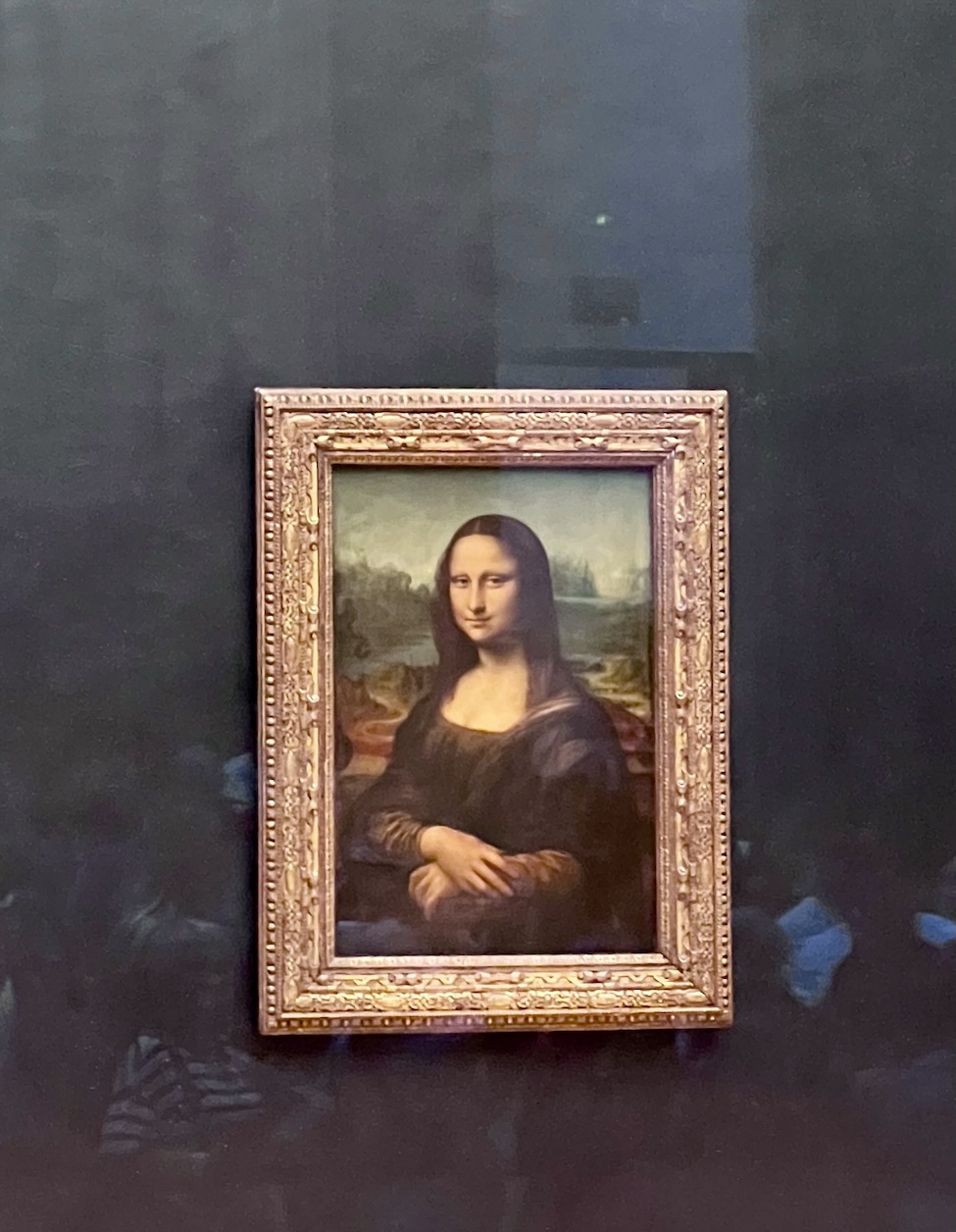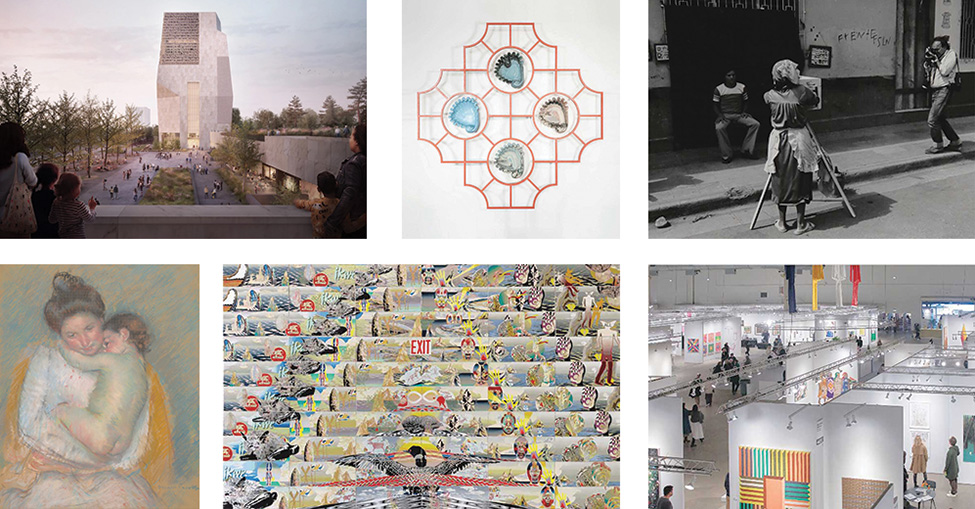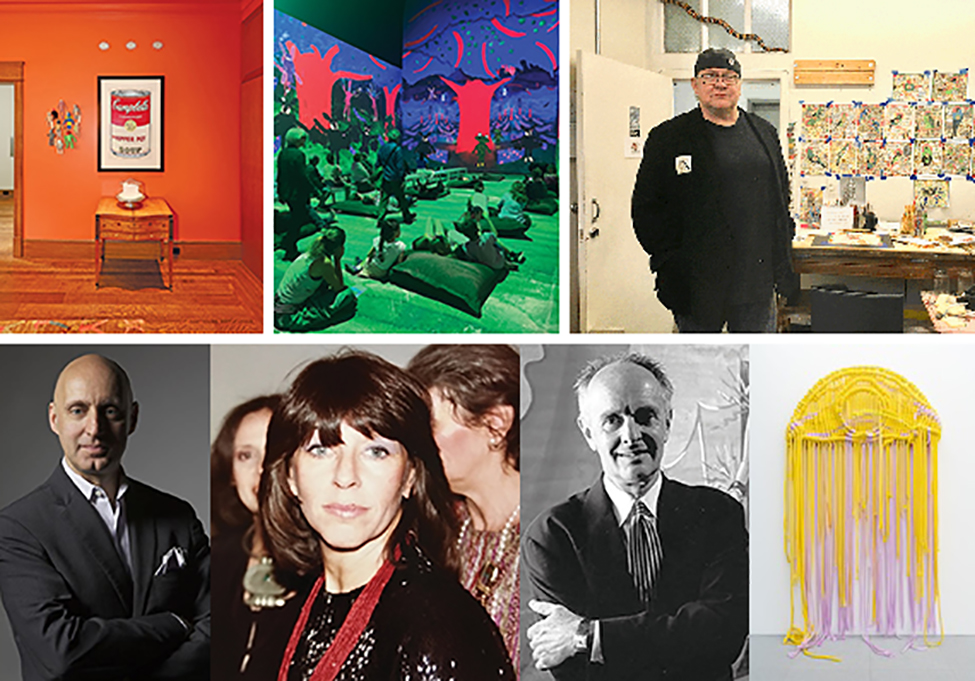CGN Virtual Gallery Tour: Hyde Park and Beyond
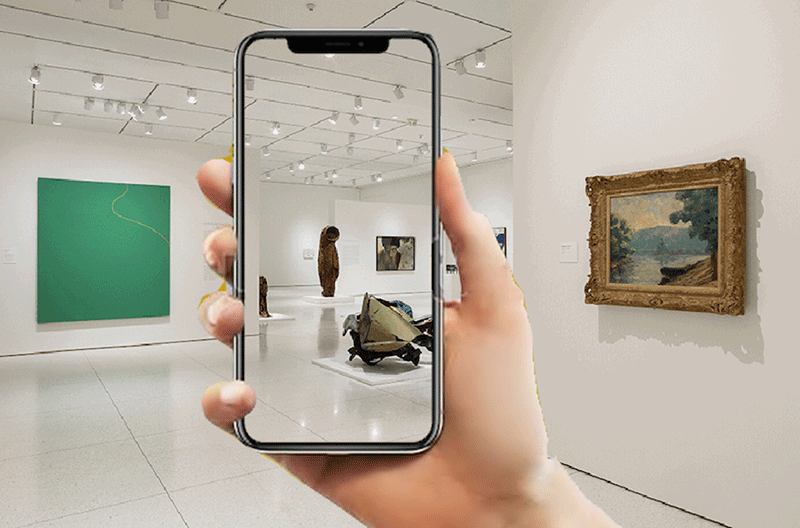
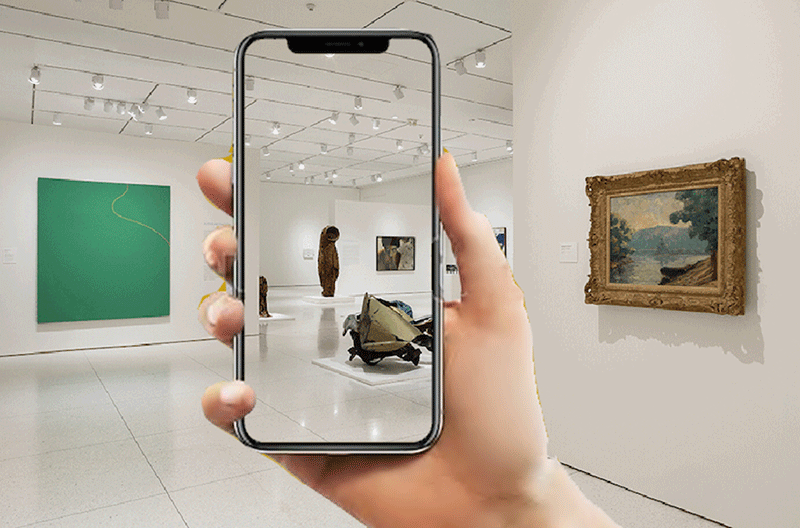
By GINNY VAN ALYEA
Our "virtual tour" gallery series continues, with our third edition for week three of social distancing. As this crisis goes on, in addition to making every effort to stay home and to keep others healthy while also sending love to those are sick or caring for the sick, we are especially mindful of the financial pain that galleries, artists and museums are experiencing while their doors are closed and their exhibition plans are in limbo. We are looking at the abundance and diversity of art in the Chicago region with fresh eyes, and while we enthusiastically cheerlead all there is to see from home, we know that there is a real cost to be borne by small galleries and nonprofits that have put effort into shows that aren't happening. They need your support, whether it's a message of "I love what you're doing" or a request for a catalog, or most of all, a sale. Everyone's resources are so precious right now, but if you are moved by a work of art at a gallery, see if you can buy it. If you're browsing a museum site, make a donation or become a member. It all helps share hope that the crisis will be over but not the art.
So, maybe someday we'll get a 360° camera and do these tours properly, but we hope that for the most part we just get back to real gallery hopping and seeing art in person – for our sakes yes, but mostly so that artists and the cultural lifeblood of the country can keep going and do not have to step back from what they love to do and from what they are able to share with the public.
Until then, go image by image and dive into individual websites.
•
After going to the Northside to the West Side, we are here now in Hyde Park with an eye on the University of Chicago's arts campus as well as three other spaces located nearby.
I continue to emphasize that in-person is far superior to virtual, but right now, virtual is much better than not at all!
And don't forget if you really like something you see online, chances are you and a dealer or artist can figure out how to physically get it to you despite the current climate. Hey, maybe gallery curbside pick-up will be the next big thing!
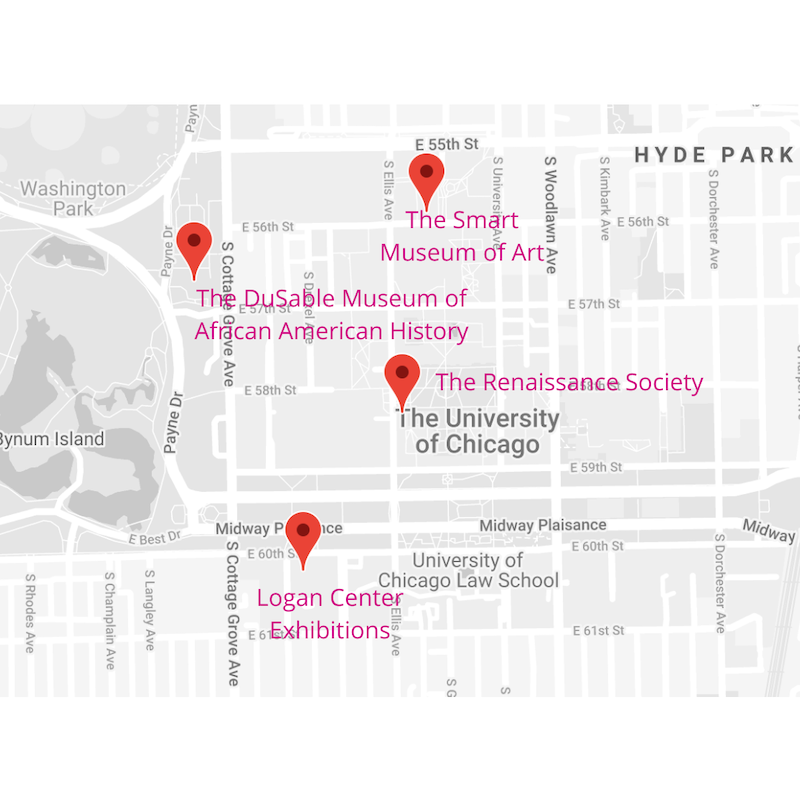
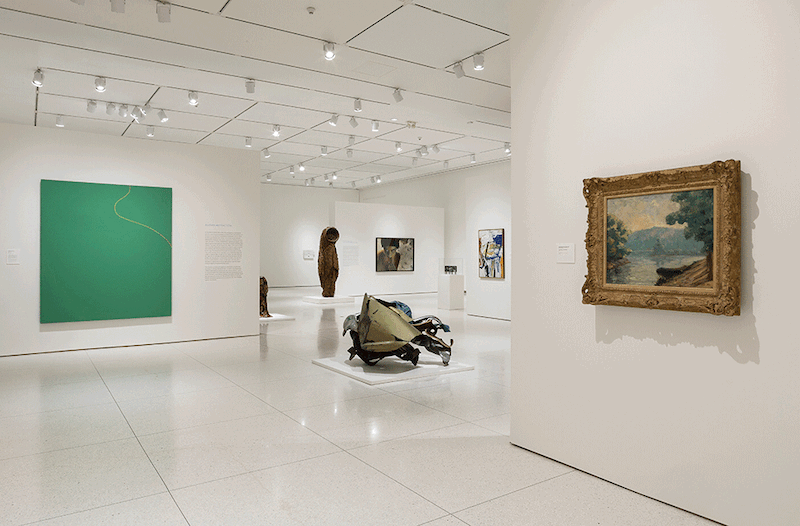
5550 S. Greenwood
The Smart Museum of Art at the University of Chicago is a site for rigorous inquiry and exchange that encourages the examination of complex issues through the lens of art objects and artistic practice. Through strong community and scholarly partnerships, the Smart incorporates diverse ideas, identities, and experiences into its exhibitions and collections, academic initiatives, and public programming.
The Smart Museum of Art and exhibition partner Wrightwood 659 are currently closed, but the companion website for The Allure of Matter: Material Art from China is online and overflowing with original interviews, behind-the-scenes images and videos, and artist profiles.
Learn about artists like Cai Guo-Qiang, who has been manipulating gunpowder to make “explosion images” since the late 1980s. Cai’s process involves composing the painting on the paper, laying it on the ground and distributing gunpowder, then detonating the powder along the images he had sketched. The images he produced are at once powerful and delicate, leveraging this tension to foreground the material’s expansive symbolism. In his words: “Gunpowder comes from nature. Its explosion and dispersal convey the concept of time and eternity. It is part of the energy of the universe.”
You can explore the whole exhibition online now.
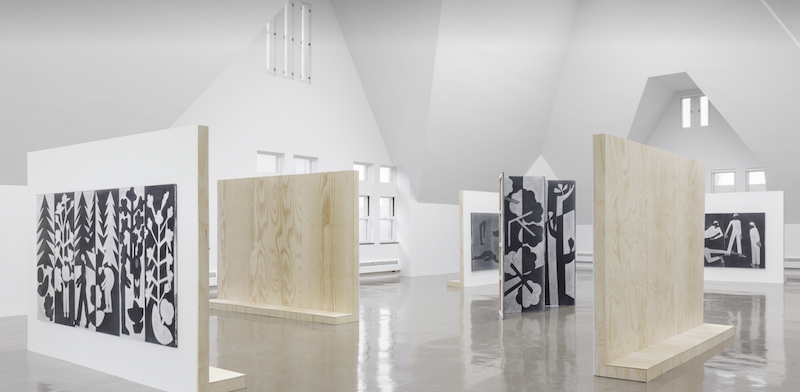
5811 S. Ellis
Visitors to the Ren find a uniquely intimate platform for encountering artistic expressions that give form to, challenge, and complicate currents in contemporary thought. Events—including artist talks, lectures, screenings, concerts, readings, and more—offer further opportunities for discovery and discussion.
The Ren's website says they hope to re-open to the public on April 18 with their scheduled exhibition Miho Dohi. Dohi uses materials such as yarn, wire, paint, fabric, sheet metal, and tape to create lively, invitingly tactile sculptures she describes simply as buttai, or objects. Each work gradually coalesces into its own form as contrasting elements— hard and soft, linear and planar, bright and matte—come together in intricate twists and layers. The resulting constructions express idiosyncratic identities through rich, multifaceted surfaces.
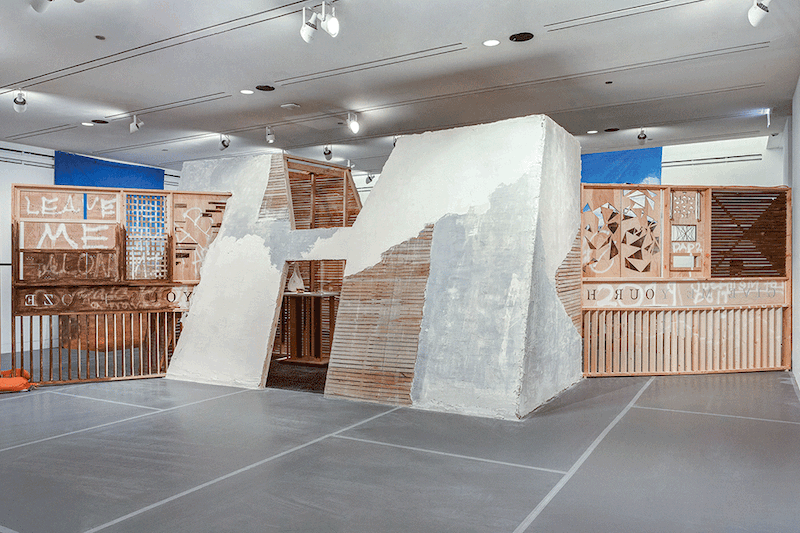
915 E. 60th Street
Designed as a home for the creative life of the University of Chicago campus and the city of Chicago, the Reva and David Logan Center for the Arts is a partner, resource, and catalyst for developing deeper cultural networks and richer creative projects citywide and beyond. The Logan Center is a place where boundaries dissolve and artistic work is amplified through a web of collaborative partners. More than just a building, it is an innovative hub for arts education for UChicago students and Chicago-land students and families, a platform to showcase today’s most innovative creators across all media, and a locus for impactful and collaborative artistic Innovations with partners in nearby South Side communities and across Chicago.
Closed temporarily due to COVID-19, its programming will be rescheduled for a later date.
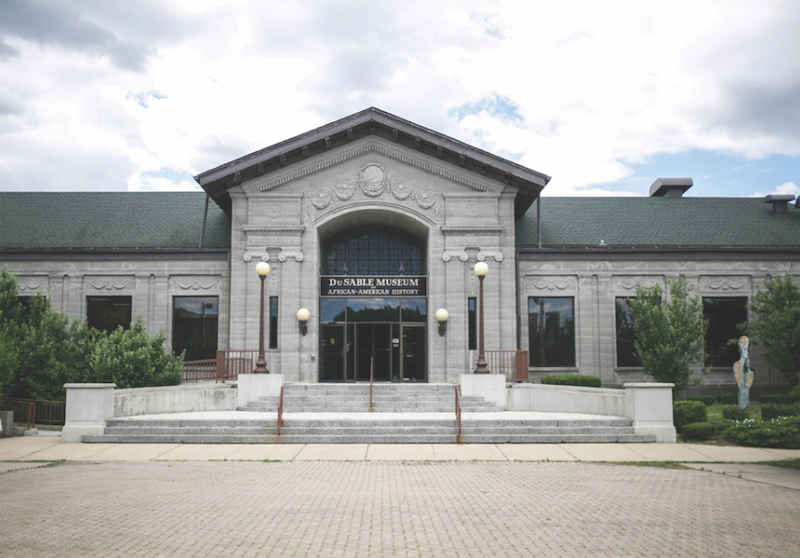
The DuSable Museum of African American History
740 E. 56th Place
Founded in 1961 by teacher and art historian Dr. Margaret Burroughs and other leading Chicago citizens, the DuSable Museum is one of the few independent institutions of its kind in the United States. The Museum was developed to preserve and interpret experiences and achievements of people of African descent. The Museum is dedicated to the collection, documentation, preservation, and study of the history and culture of Africans and African Americans.
For their most recent (and postponed) exhibition, The March, TIME and executive producer Viola Davis invited visitors to experience, a groundbreaking immersive exhibit that recreates one of the most iconic moments in American history, the 1963 March on Washington for Jobs and Freedom. Visitors could walk with a crowd of 250,000 plus people who came to participate that day and witness firsthand as Martin Luther King Jr. deliver his iconic ”I Have a Dream” speech in a genre pushing virtual reality experience that draws on the personal stories of organizers and demonstrators who were there. The museum's website says tickets may be purchased now to visit after May 1, 2020.
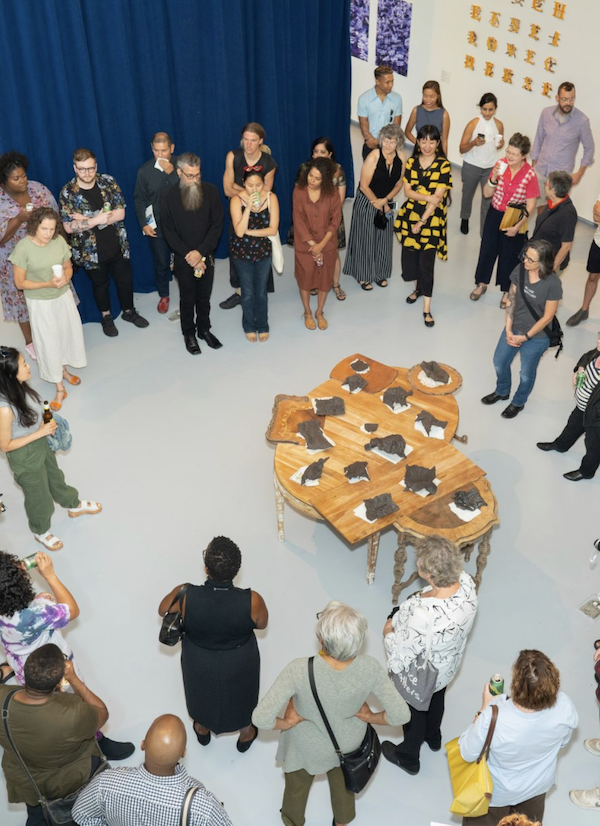
North of the UofC campus is the Hyde Park Art Center, a hub for contemporary arts that serves as a gathering and production space for artists and the broader community to cultivate ideas, impact social change, and connect with new networks. HPAC has been a leader in advancing contemporary visual art in Chicago since its inception in 1939. HPAC has grown from a small collective of quirky artists to establishing a strong legacy of innovative development and emerging as a unique Chicago arts institution with social impact. The Art Center’s first executive director, noted painter Harold Hayden, established the tone when he declared: "Art should be found where people work and live."
Coming sometime later this year is the much-anticipated exhibition redux: Artists Run Chicago 2.0
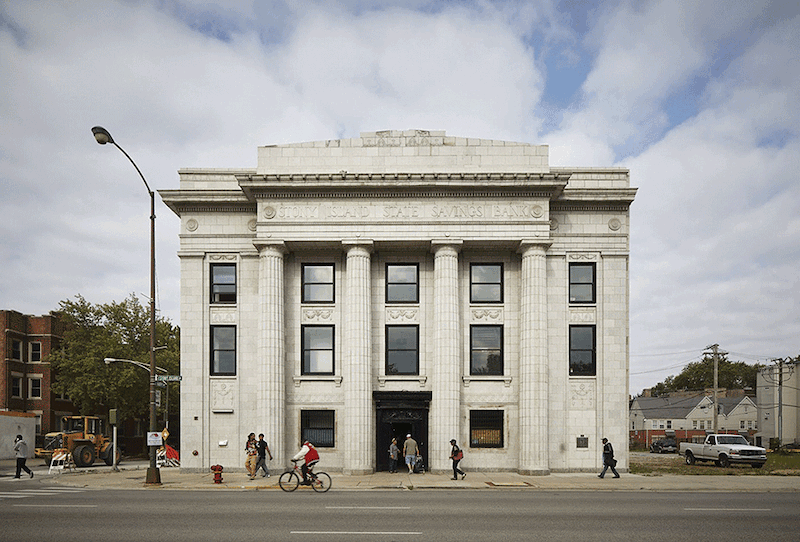
South of Hyde Park and on the way to the Skyway, The Stony Island Arts Bank is a hybrid gallery, media archive, library and community center – and a home for Rebuild’s archives and collections. Designed by William Gibbons Uffendell and built in 1923, the bank at 68th Street and Stony Island Avenue was once a vibrant community savings and loan. By the eighties, the branch had closed and the building remained vacant and deteriorating for decades. Reopened in October 2015 because of the vision of artist Theaster Gates, the radically restored building serves as a space for neighborhood residents to preserve, access, reimagine and share their heritage – and a destination for artists, scholars, curators, and collectors to research and engage with South Side history.
The Arts Bank is also the permanent home of Objects of Care: Material Memorial for Tamir Rice
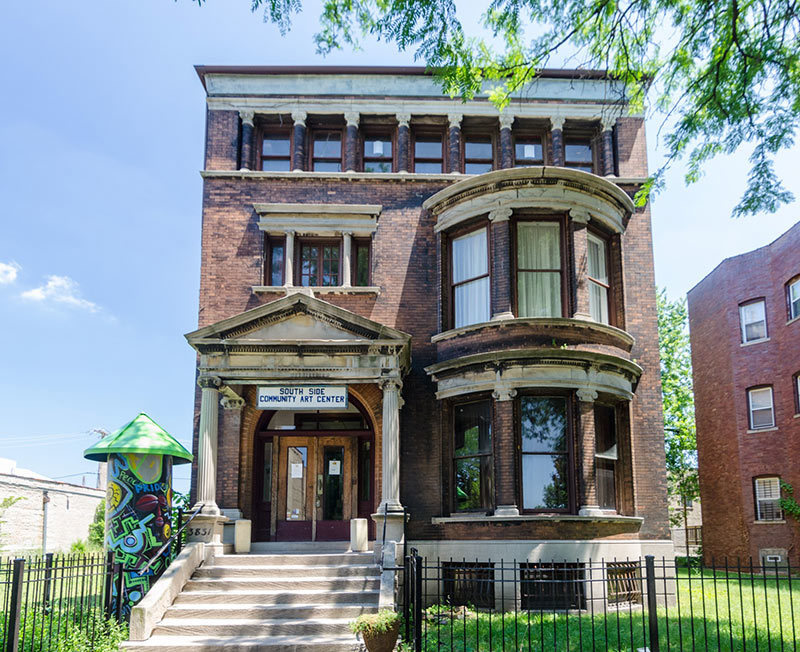
South Side Community Art Center
In the early 1940s Dr. Margaret Burroughs and other African American artists banded together determined to find a venue to showcase their art. Through dedicated fundraising efforts, 3831 S. Michigan was purchased as the home of the SSCAC. President Roosevelt's WPA Initiative paid artists' salaries. The SSCAC is the only African American Art Center of its kind opened under the WPA Initiative to remain continuously open. The SSCAC has remained relevant for 77 years and has been an integral part of the careers of many renown visual and fine artists. SSCAC's mission is to conserve, preserve and promote the legacy and future of African American art and artists while educating the community on the value of art and culture.
